There is a consensus that manufacturing today is very different from decades ago. Gone are the days when companies could produce the same product with the same materials year after year. Today's manufacturers face higher costs and high product turnover. A flexible manufacturing system (FMS) is a production method designed to easily adapt to changes in the type and quantity of product being manufactured. Machines and computerized systems can be configured to produce a variety of parts and handle changing production levels.
Benefits of flexible manufacturing systems
By implementing FMS, manufacturers can respond quickly to fluctuations in supply and demand, achieving faster and higher-quality production, reducing long-term costs, and improving sustainability and safety.
1. Achieve faster and higher-quality production
FMS automates tasks and minimizes downtime between product changes, enabling faster production cycles and helping manufacturers meet demand more quickly. It can handle various products without extensive retooling, ensuring smooth transitions and consistent quality. This reduces errors associated with manual labor, allowing manufacturers to maintain high production speed and quality while efficiently managing diverse product lines and lowering long-term costs.
2. Reduce long-term costs
FMS lowers labor costs by automating processes, reduces material waste, and optimizes machine use to minimize idle time and maintenance. Its flexibility to handle various products with one system cuts the need for new equipment, helping manufacturers control costs effectively.
3. Improve sustainability and safety
FMS systems promote sustainability by using fewer resources, generating less waste, and supporting eco-friendly practices. Their adaptability encourages using greener materials, while automation optimizes energy use, reducing environmental impact. By automating hazardous tasks, FMS improves workplace safety, lowers injury risks, and minimizes downtime, boosting efficiency.
Application of flexible manufacturing systems
1. Application in Auto Parts Industry
In the automotive parts industry, where customization, precision, and rapid response to market changes are critical, the application of FMS has brought substantial advantages.
Modular Production Lines: FMS uses modular setups that allow for quick reconfiguration of machines and processes to produce different automotive parts. For example, a production line producing transmission components can quickly shift to engine parts without major retooling.
Reduced Setup Times: Traditional manufacturing setups often require lengthy down-times to change production setups, but FMS minimizes these delays, allowing for faster transitions between different part productions.
Wide Variety of Parts: FMS can handle the manufacturing of a variety of parts, from small precision components like gears and valves to larger structural elements like chassis frames.
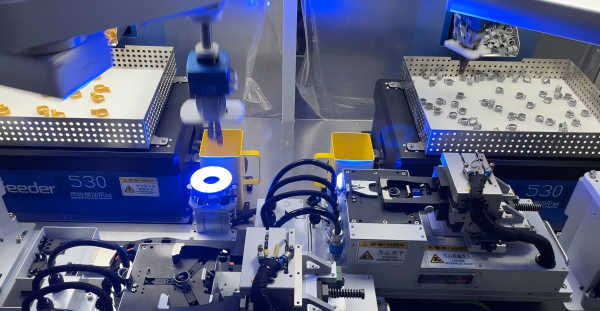
2. Application in Medical Industry
In the medical field, FMS contributes significantly to meeting the specialized and evolving needs of healthcare by enabling efficient production, customization, and high-quality control standards.
Variable Demand Production: FMS systems are well-suited to handling small-batch or even batch-of-one production, which is common in the medical industry. This flexibility allows manufacturers to switch easily between different types of products, such as syringes, surgical tools, or diagnostic devices, without long setup times.
Lot Tracking and Serialization: FMS enables easy lot tracking and serialization, which helps in monitoring each unit's production history. This is crucial for medical products that require detailed tracking from production to end-use, supporting quality assurance and recall efforts if necessary.
Support for 3D Printing and Additive Manufacturing: FMS is compatible with additive manufacturing processes, like 3D printing, which are frequently used to produce complex medical devices. Additive manufacturing is ideal for making parts with intricate geometries that would be difficult to achieve with traditional methods, such as dental implants or hearing aids.
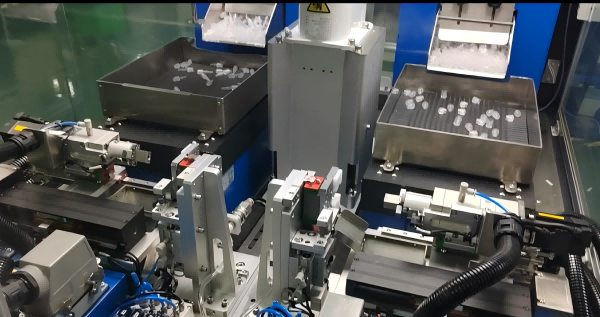
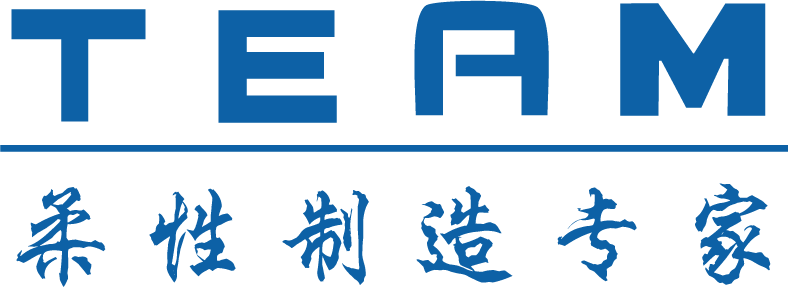

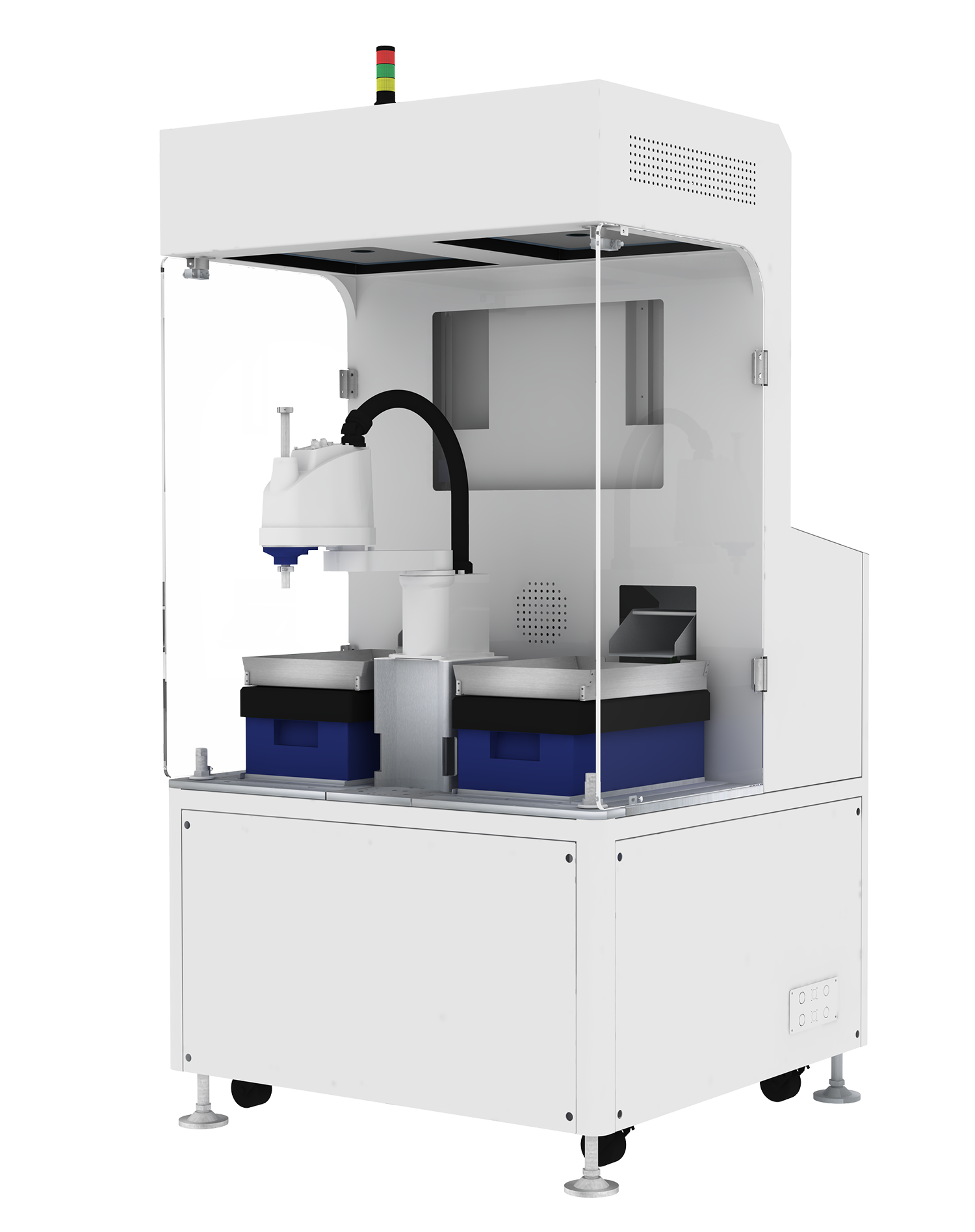
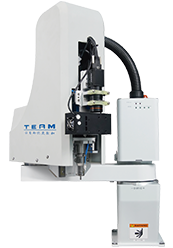
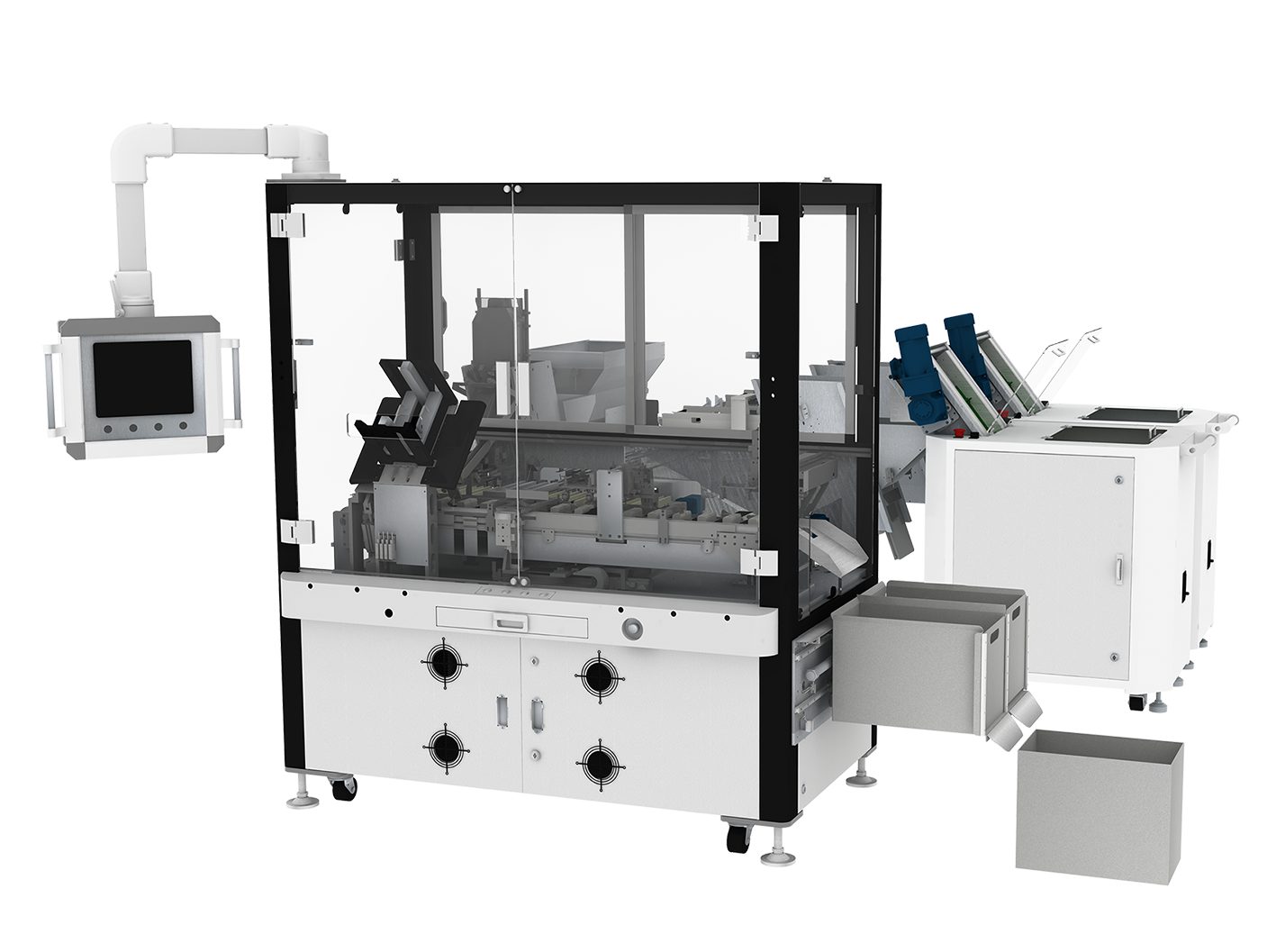







 Home
Home Products
Products Telephone
Telephone Message
Message



